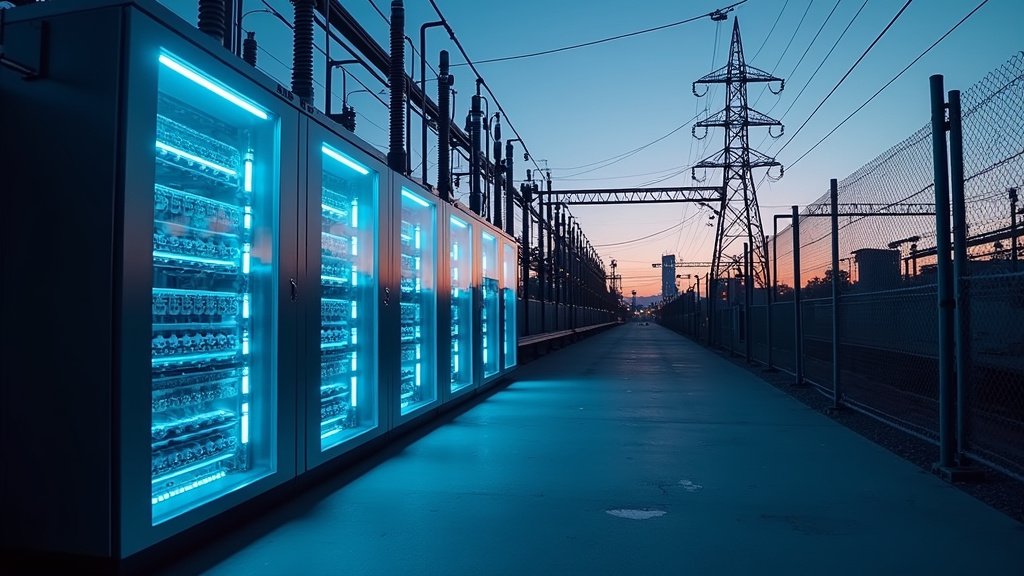SALEM, Oregon – In a significant legislative move recognizing a vibrant yet often marginalized cultural legacy, the Oregon House of Representatives formally adopted House Resolution 3 on June 19, 2025.
Approved by a decisive 34-9 vote, the resolution serves to honor Oregon’s rich, albeit underdocumented, history of Black drag. Furthermore, it specifically aims to list and acknowledge Black drag performers who have profoundly shaped the community since 1958.
The resolution was strategically sponsored by two Black Democratic lawmakers, Representatives Travis Nelson and Shannon Isadore. Its timing was deliberately chosen to coincide with Pride month, a period dedicated to celebrating LGBTQ+ communities, and also to precede Juneteenth, the federal holiday commemorating the emancipation of enslaved African Americans.
Acknowledging a Rich History
House Resolution 3 delves into the history of Black drag performance within Oregon, tracing its roots back to 1958. This period marks a crucial era for both civil rights and LGBTQ+ rights movements, setting the stage for the contributions of Black artists who navigated the intersection of these identities.
The resolution specifically calls for the recognition of individual Black drag performers whose artistry, activism, and presence have contributed significantly to the state’s cultural landscape and the development of its drag scene over the past several decades. This focus on individual names underscores the personal risks and resilience involved in performing drag, particularly for Black individuals, within historical contexts of severe discrimination.
Context of Discrimination and Resilience
Oregon’s history is marked by periods of systemic discrimination against both Black residents and individuals within the LGBTQ+ community. From exclusionary laws in the state’s early history to ongoing challenges faced by marginalized groups today, the context in which Black drag performers have operated has often been one of adversity.
The resolution explicitly acknowledges this historical backdrop, framing the contributions of Black drag artists not just as entertainment but as acts of cultural preservation and resistance. Their performances have frequently served as spaces for community building, expression, and advocacy in the face of social and legal barriers.
This acknowledgment is particularly poignant given Oregon’s current demographic reality, where Black people constitute approximately 2.4% of the state’s population. For a minority within a minority, the visibility and historical recognition provided by House Resolution 3 hold significant symbolic weight.
Voices Behind the Measure
Representatives Travis Nelson and Shannon Isadore championed House Resolution 3, highlighting the importance of legislative action in validating the experiences and contributions of marginalized groups.
Their decision to align the resolution’s adoption with Pride month and the approach of Juneteenth underscores the intersectional identities and struggles faced by Black LGBTQ+ individuals. It emphasizes that the fight for Black liberation and the fight for LGBTQ+ equality are interconnected, and that Black drag artists have historically stood at the forefront of both.
Artist Perspectives
The importance of the resolution was underscored by voices from the Black drag community itself. Henry Felton, widely known by his drag name Kimber K. Shade, commented on the measure’s significance.
Felton highlighted the critical role the resolution plays in formally documenting the often-unwritten history of Black artists within the drag community. He noted that this documentation is essential not only for historical accuracy but also for recognizing the foundational influence of Black performers.
Drawing from his own experience, Felton referenced his 2010 performance that gained significant attention after going viral. This personal anecdote serves as an example of the talent and reach of Black drag artists in the digital age, further illustrating the need for their historical contributions to be acknowledged in official capacities.
The Broader Significance
The passage of House Resolution 3 is seen by proponents as more than just a symbolic gesture. It represents a formal legislative affirmation of the value and impact of Black drag within Oregon’s cultural narrative.
Black performers have been instrumental in shaping the aesthetics, language, and community structures of drag both locally and nationally. Their influence is undeniable, from pioneering performance styles to creating safe spaces for expression and resistance.
Within the context of Oregon’s specific history of discrimination against both Black and LGBTQ+ individuals, the resolution directly confronts this past by centering the voices and histories that have been previously overlooked or actively suppressed. It integrates the narrative of Black drag artists into the broader story of the state’s cultural and social evolution.
Looking Ahead
The resolution’s adoption sets a precedent for acknowledging the historical contributions of other marginalized communities in Oregon. It signals a legislative willingness to confront past injustices and celebrate the resilience and cultural impact of those who have often been pushed to the fringes of society.
While the resolution itself does not enact new laws, its declarative nature provides a foundation for greater public awareness, historical preservation efforts, and continued support for Black LGBTQ+ artists and communities across the state.
Conclusion
With the adoption of House Resolution 3 on June 19, 2025, the Oregon House of Representatives has taken a notable step in formally recognizing the indelible mark left by Black drag performers on the state’s history and culture. The 34-9 vote reflects a legislative consensus on the importance of this acknowledgment.
Coming during Pride month and just before Juneteenth, the resolution, spearheaded by Representatives Nelson and Isadore, deliberately highlights the interconnectedness of Black and LGBTQ+ identities.
As noted by figures like Henry Felton, known as Kimber K. Shade, the resolution is crucial for documenting this history. By acknowledging the significant influence of Black performers within the challenging context of Oregon’s past discrimination and current demographics, House Resolution 3 stands as a testament to the enduring power and importance of Black drag.




